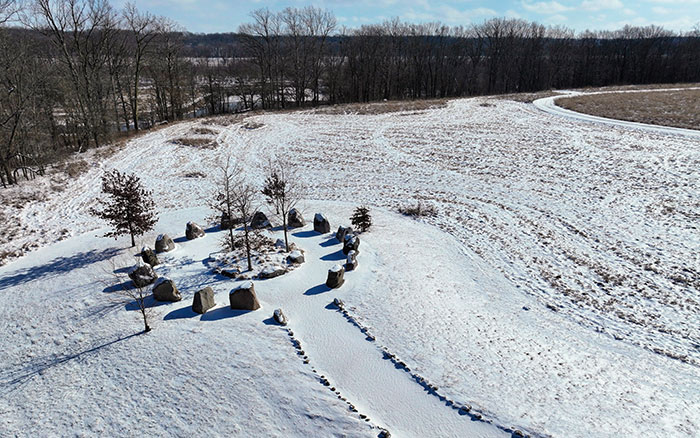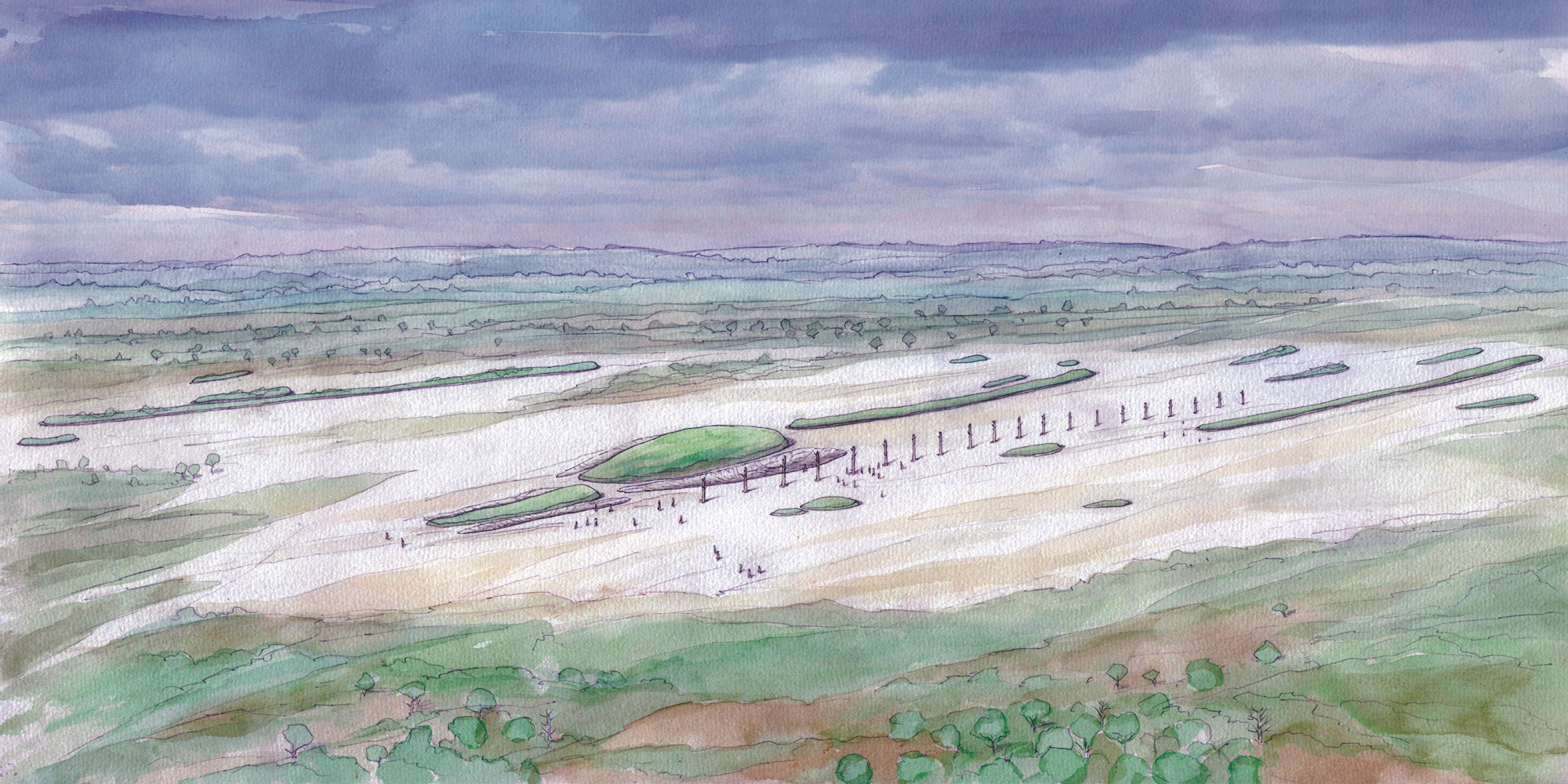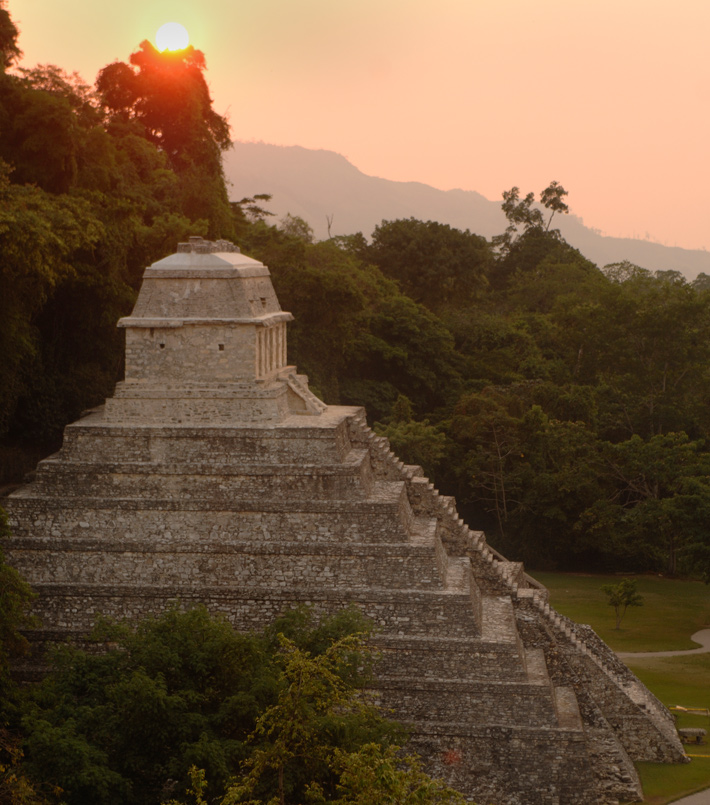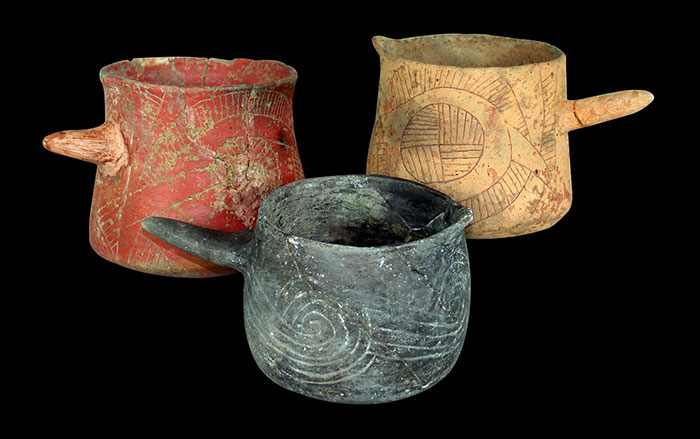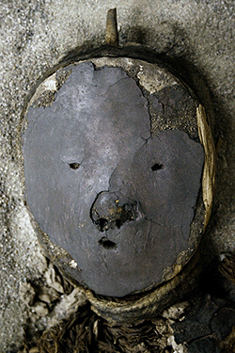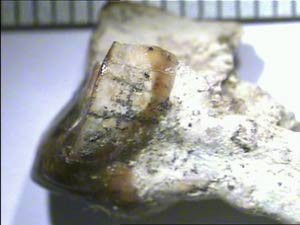
OXFORD, ENGLAND—An analysis of fossilized tooth enamel from three Australopithecus bahrelghazali individuals suggests that they ate primarily tropical grasses and sedges. “No African great apes, including chimpanzees, eat this type of food despite the fact that it grows in abundance in tropical and subtropical regions,” said Julia Lee-Thorp of Oxford University. These very early human ancestors lived in central Africa 3.5 million years ago, so their diet may have diverged from that of great apes earlier than had been thought. Similar results would have been obtained if the hominins had been eating other animals that had eaten the plants, which grew in landscapes with few trees. The teeth are not sharp like carnivore teeth, however.


